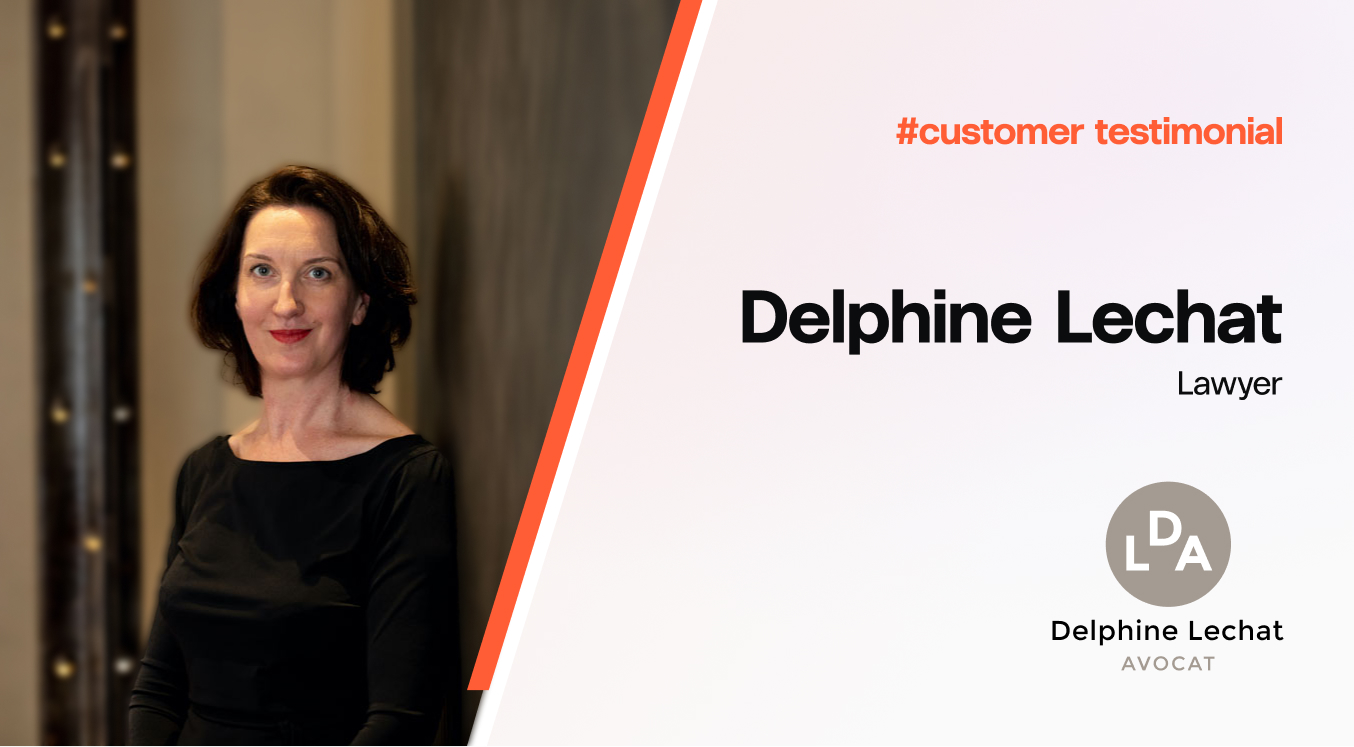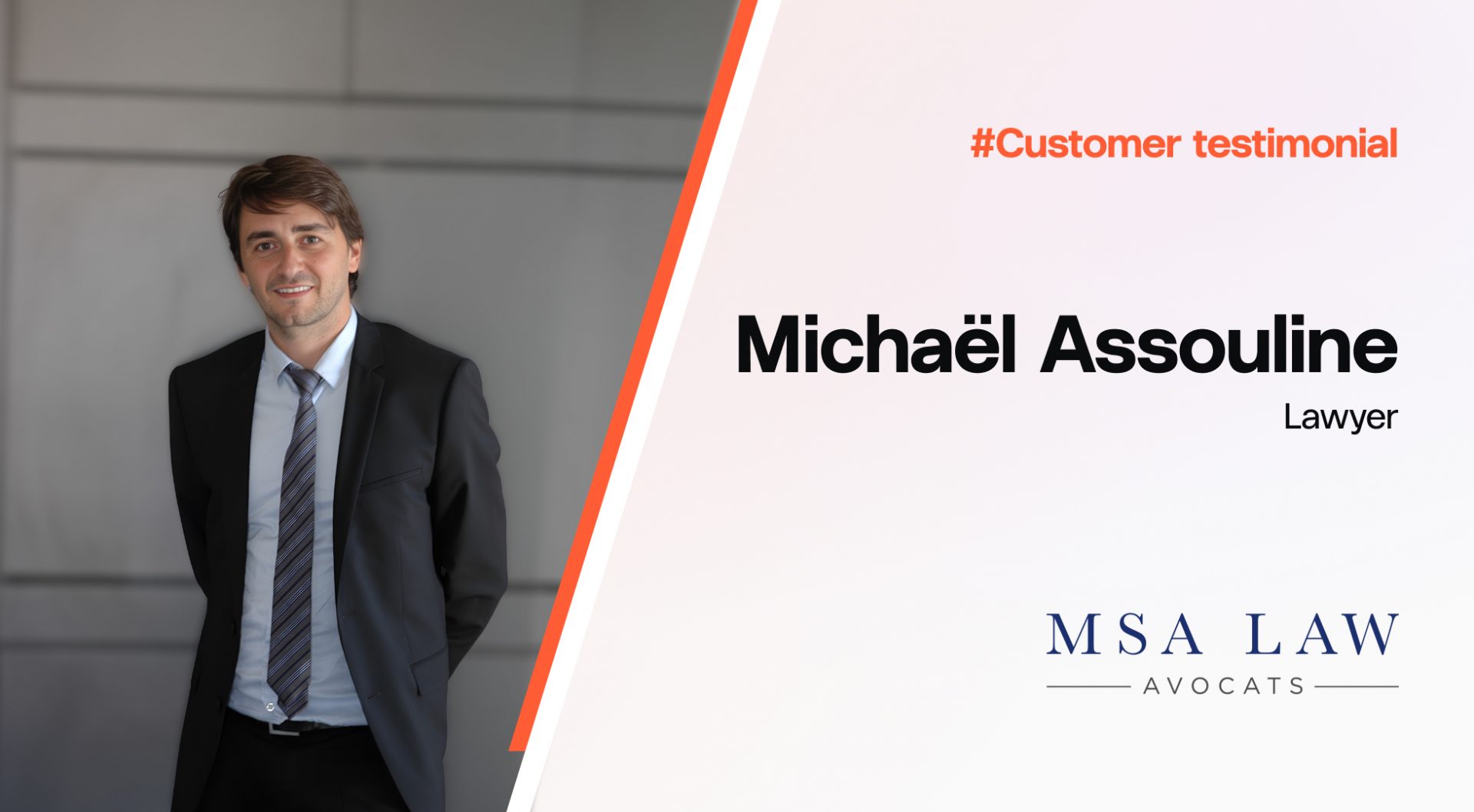From Artificial Lawyer, 05/20/2021
Imagine carrying out a deal where each step is streamlined to the fullest, lawyers are able to focus exclusively on high-value legal work, all risk of error is eliminated, and parties collaborate effortlessly. It seems fanciful, but a good transaction management system can do all that and more.
Legal transactions are complex, high-risk and error-prone processes that often involve numerous stakeholders, highly confidential negotiations, and major business stakes. Though many firms are recognising the value of tech – the legal sector absorbed a decade’s worth of tech adoption in the past year – the transaction process is often still mired in inefficiencies. Many of the pitfalls in transactions can be avoided with a system that centralises:
- An intuitive and intelligent data room for parties to conduct due diligence
- Interactive step plans and checklists for lawyers to assign tasks to different team members, set automatic reminders, and easily collect conditions precedent and supporting documents
- A shared workspace to negotiate and exchange documents, with granular access rights and centralised version histories
- A flexible closing interface that allows close monitoring from counsels and remote mobile signing for parties
- Closing books generated automatically and shared with clients within minutes
- Archiving of sensitive data like original documents (e.g., SPAs, shareholders’ agreements, or joint-venture contracts) or data rooms in a digital safe, with assured legal certainty and probative force
Beyond these key features, a transaction management system has to actually be used in order to be successful — and busy lawyers won’t make the effort if the system isn’t designed with their needs in mind. We outline the main points to consider when evaluating a transaction management tool below.
Centralisation and interoperability
In a 2020 Thomson Reuters Law Technology Survey, 62% of respondents saw interoperability as the most valuable concept in evaluating new tech. Indeed, to maximise its benefits and usage, a good transaction management solution must (i) centralise all the tools necessary to carry out a transaction from end to end, and (ii) connect to other tools used by the firm, like Document Management Systems.
Connecting different tools to share data securely and work together smoothly is particularly important in complex transactions because of the sheer volume of documents, parties and moving pieces involved. It avoids the risk of information falling through the cracks, and spares lawyers the challenge of learning multiple interfaces and constantly switching between systems. Together, these increase usage and effectiveness of the platform, make the entire process simpler and more efficient at and between every step, and ensure data security from A to Z.
Easy user experience
In addition to centralising different tools, an easy-to-use interface is essential. Firms evaluating new investments in technology often overlook the fact that the goal is to optimise attorney performance. This means remembering that lawyers are not always very tech-savvy, and tools they use should look like it was designed by lawyers, not engineers.
A tool that yields real benefits should be effortless to navigate; it should be intuitive, or ‘speak for itself’, with every element and feature flowing together logically. On top of that, features like a live chat, FAQs, how-to videos and guides shorten the steps users need to find answers to their questions.
Support and training
Cloud-based tools (or SaaS) are very easy to implement, with nothing to install, update or maintain for the end users. After initial security audits are performed by IT departments, users are able to get started quickly, sparing the cost of replacing physical systems and hardware and also ensuring automatic and seamless maintenance and product evolution down the line.
On top of that, effective onboarding and a support team composed of former lawyers that master the solution, but also the transactional jargon and the issues encountered during a transaction, are paramount. Indeed, lawyers that are changing their practice and onboarding their clients onto a new platform need to make sure that everything runs smoothly.
This includes (i) strong customer support, with around-the-clock availability via email, phone, and live chat, and (ii) initial live training and instructional resources like regular webinars, product documentation, user guides, and others to aid users throughout the process.
Data security
Amid the ongoing rise in the frequency and severity of cyberattacks, especially since the COVID-19 crisis, lawyers should take extra care to secure their systems from the potentially massive impacts of a breach, mitigating risk in every action they take during a transaction. A cybersecurity strategy that complies with the best practices in terms of coding, architecture and infrastructure security is the best way for legal professionals to do this. A few considerations to keep in mind:
- Infrastructure: In 2021, cloud infrastructures are safer and more efficient that on-premises infrastructures: software and data are duplicated and stored in separate places, removing almost all risk of data loss; and top-tier cloud providers ensure higher protection against attacks and losses by pooling the resources and risks.
- Data security: Data protection, privacy and compliance should be part of a solution’s DNA. This includes military-grade encryption, secure connections, and intrusion prevention systems.
- Authentication and access controls: On a shared platform, precise permissions, granular access rights and full audit trails reinforce security. Strong user authentication, especially for electronic signatures, cross checks users’ profiles to detect traces of fraud.
- Training and prevention: Human error is the cause of 95% of cyber security breaches – it’s as simple as that. We all know lawyers aren’t the most technologically adept, which makes them particularly prone to attacks like phishing (e.g., clicking on a fraudulent link in an innocuous-looking email, or filling in personal data on a form on a website that seems legitimate). Law firms must regularly warn and train their employees and lawyers against these threats.
Long-term archiving
Preventing sensitive documents’ loss, theft, damage, falsification and even destruction is not only a concern throughout the transaction, but also long after. A document may need to be exhumed years after the transaction to enforce clauses or manage a dispute, so the ability to conserve sensitive documents safely is a decisive advantage in the long term. Indeed, legal departments today are storing a growing volume of sensitive documents, with a jump of 40% between 2018 and 2020 in confidential documents, supporting documents or electronically signed contracts conserved long-term.
Would you sign a very important contract and then let it lie around your desk or office for years? Probably not. It works no differently with digital documents – it would be contradictory to sign a document electronically in high security and proceed to store it unsafely. Long-term archiving with probative value is therefore a perfect match for electronic signature.
Client experience
Using an efficacious platform also represents a huge marketing advantage for firms, allowing them to retain loyal clients and bringing in more business down the line. KPMG predicted that client experience will be at the heart of legal delivery by 2025, and Wolters Kluwer found that technology is increasingly a way to meet client expectations in the legal profession. Lawyers seeking to provide their clients with the connectivity, efficiency, and transparency they expect will do so by automating routine legal work, improving client experience, strengthening their brand and incentivising clients to keep returning.
The goal of adopting legal technology is primarily to provide business, not legal, value to a firm. At Closd, we keep this at the centre of our mission, striving to provide tangible financial benefits and ROI for firms through our solution by saving them time and money on matters and helping them build a stronger brand in the long-term.
Equipped with Closd – a solution with all the necessary features to carry out transactions from end to end, centralised on a single platform, and with the right design, security structure, and model – legal professionals across the corporate, finance, real estate, and business worlds can transform the way deals are executed.





